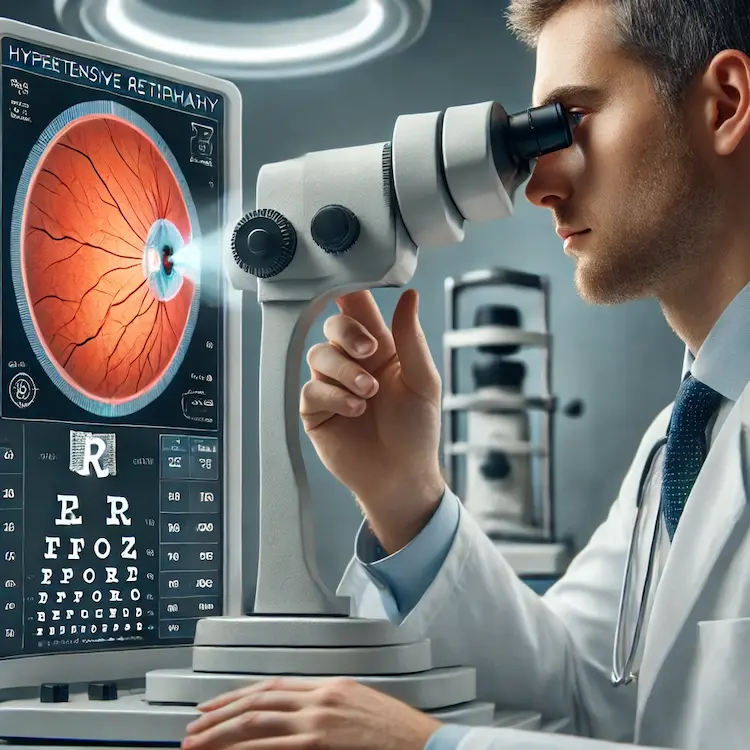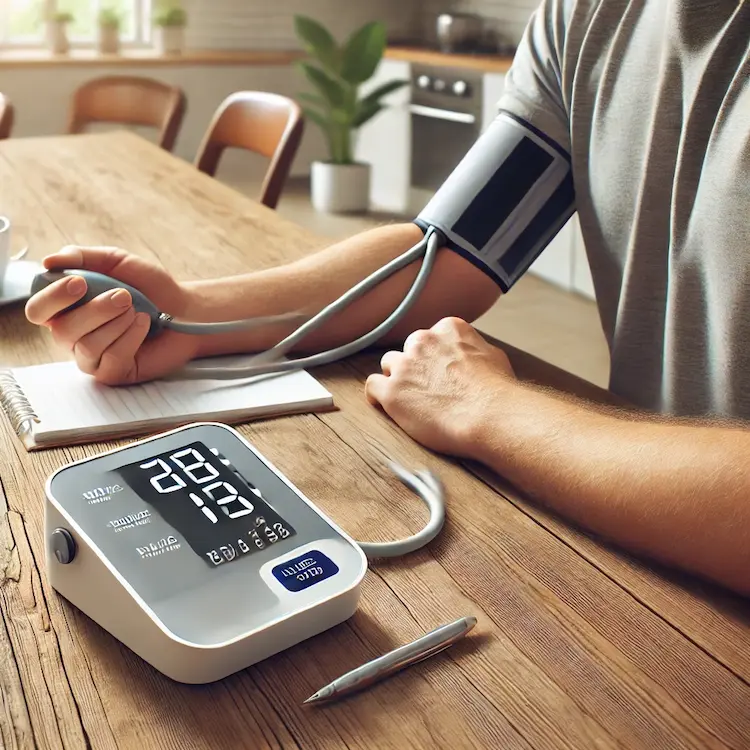High blood pressure, or hypertension, is often called the “silent killer” due to its subtle yet serious effects on vital organs. While many associate it with heart disease and stroke, its impact on vision is often overlooked. Hypertension can cause significant High blood pressure affects on Eyes, leading to vision problems and even blindness if left untreated. Early detection and monitoring using devices like a sphygmomanometer (sphyg) play a crucial role in preventing these complications.
This article explores how high blood pressure affects eye health, the role of sphygmomanometers in detection, and practical ways to prevent or manage hypertensive eye damage.
Hypertensive retinopathy occurs when high blood pressure damages the tiny blood vessels in the retina, the light-sensitive layer at the back of the eye. This can lead to:
This condition results from fluid buildup under the retina due to leaky blood vessels, which can cause distorted vision or, in severe cases, vision loss.
Optic neuropathy refers to damage to the optic nerve due to restricted blood flow, leading to vision impairment and, in severe cases, permanent blindness.
Studies suggest a link between high blood pressure and glaucoma, a condition caused by increased pressure inside the eye, leading to optic nerve damage. People with hypertension are at higher risk of developing glaucoma, which can cause irreversible vision loss if not managed properly.

A sphygmomanometer (or sphyg) is an essential tool in detecting hypertension, allowing for early intervention before eye damage occurs. Regular monitoring of blood pressure can help prevent hypertensive eye diseases.
| Type | Features | Advantages | Limitations |
|---|---|---|---|
| Mercury Sphygmomanometer | Uses mercury to measure blood pressure. | Highly accurate, no calibration needed. | Bulky, mercury toxicity risk. |
| Aneroid Sphygmomanometer | Uses a dial gauge and stethoscope. | Portable, mercury-free. | Requires regular calibration, human error risk. |
| Digital Sphygmomanometer | Electronic, automatic inflation and reading. | Easy to use, suitable for home monitoring. | Less accurate with irregular heartbeats. |
Digital devices are preferred for home monitoring, while mercury sphygmomanometers remain the gold standard in clinical settings.
Hypertension-related eye diseases contribute significantly to preventable blindness, especially in older adults. According to the World Health Organization (WHO), nearly 2.2 billion people globally suffer from vision impairment, with hypertension being a major contributing factor.
The financial cost of treating vision loss due to hypertension can be substantial. A study by the American Academy of Ophthalmology estimates that vision impairment costs the US economy over $139 billion annually in medical expenses and lost productivity.
Vision loss due to hypertensive retinopathy or glaucoma significantly reduces an individual’s ability to work, drive, or perform daily activities, leading to mental health issues such as depression and anxiety.
| Method | How It Works | Effectiveness | Best For |
|---|---|---|---|
| Lifestyle Changes | Low-sodium diet, exercise, weight management. | Highly effective when consistently followed. | People with mild to moderate hypertension. |
| Medication | Beta-blockers, ACE inhibitors, diuretics. | Essential for severe hypertension. | Patients with high risk of organ damage. |
| Regular Eye Exams | Dilated eye exams, retinal imaging. | Helps detect damage early. | All hypertensive individuals. |
| Blood Pressure Monitoring | Home sphygmomanometer use. | Effective for early detection and management. | People at risk of hypertension. |
Key takeaway: Combining lifestyle changes with regular monitoring and medical intervention offers the best protection against hypertension-induced eye complications.

High blood pressure can cause serious eye complications, including hypertensive retinopathy, optic neuropathy, and an increased risk of glaucoma. Regular blood pressure monitoring with a sphygmomanometer allows early detection, helping to prevent long-term vision loss. By adopting a healthy lifestyle, undergoing routine eye exams, and using appropriate blood pressure management tools, individuals can reduce their risk of hypertension-related vision impairment.
Monitor your blood pressure at home using a reliable sphygmomanometer.
Maintain a balanced diet and active lifestyle to control hypertension.
Schedule an annual eye checkup to detect early signs of damage.
Take hypertension medications as prescribed by your doctor.
Reduce stress levels through mindfulness and relaxation exercises.